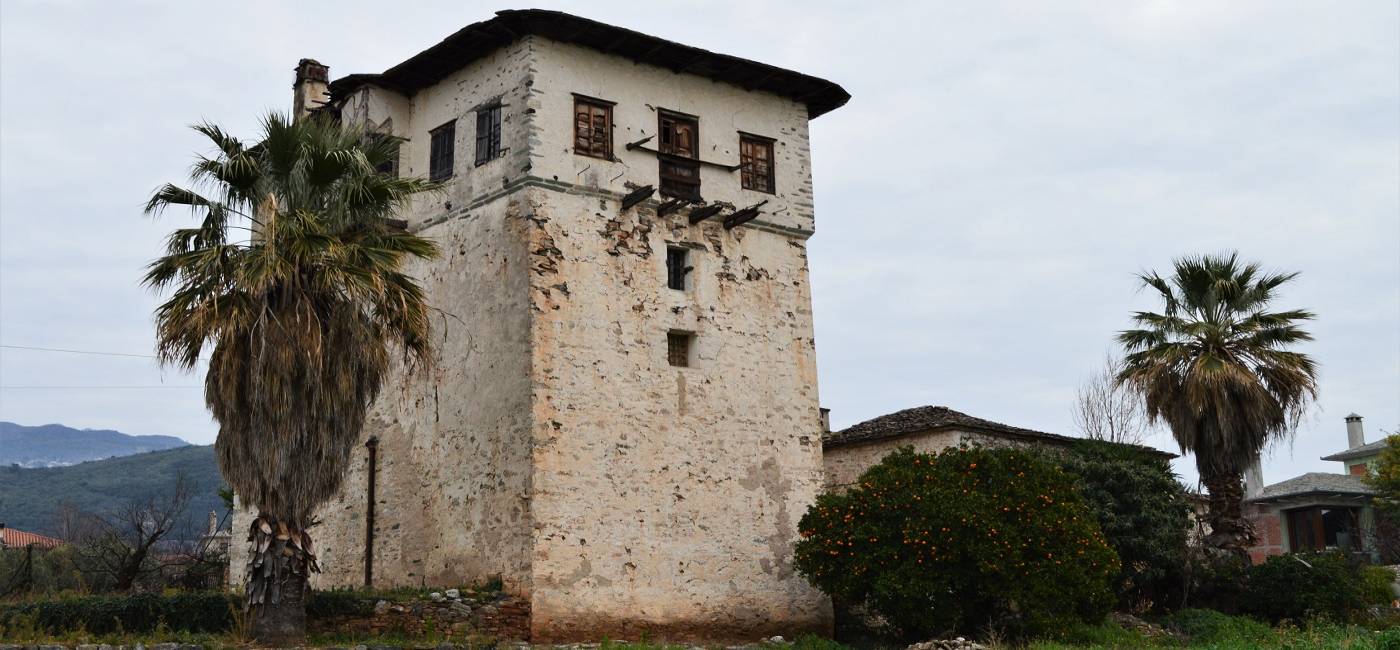Ano Lechonia
For the lovers of architecture and archaeology, Ano Lechonia is the ideal village for exploration. Inhabited since the Mycenaean times, it hides its secrets in so many places. The Mycenaean period has left its traces on the hill with the weird name (Nevestiki) and the massive fortification blocks, the Late Roman era right on the beach with the submerged remains of an early Christian basilica, the Middles Ages at the castle (“Paliokastro”) higher up on the mountain, the Ottoman period at the village tower houses with the narrow gun slits, and the first years after the Liberation at the abandoned mansions and the train station of Evaristo de Chirico. As if all these weren’t enough to explore, there was also the 15th century Monastery of Saint Nikolaos and the Ottoman mosques that were not preserved but still exist in the memories of the villagers and the written testimonies of the educated men.
All Pelion architectural phases are preserved at Ano Lechonia. The early period represented by the tower houses (1700-1750), the classical period (1750-1850) with the northern Greece architectural style and the Zoupaniotes masons, and the late or Egyptian phase (1850-1900) with the Neoclassical buildings and the colonial features (palm trees, garden sheds, fountains, etc.). From the last architectural phase, the best-known example is the Kontos Mansion (1900), the “haunted” house as the locals call it, for which every teenager that grew up nearby in the last fifty years has a terror story to narrate from exploring the house with friends.
Just a short walk is enough to make the visitor feel the old wealth of the village as well as its current virtues, the great climate, the amazing view to the bay, the fertile land with trees full of fruit. But above all, they will feel that Ano Lechonia is a village of generous people, whose kindness is represented through several benefactions at the Great Meteoro, the Benaki Museum, the Gennadeios Library, and the City Library of Volos.

